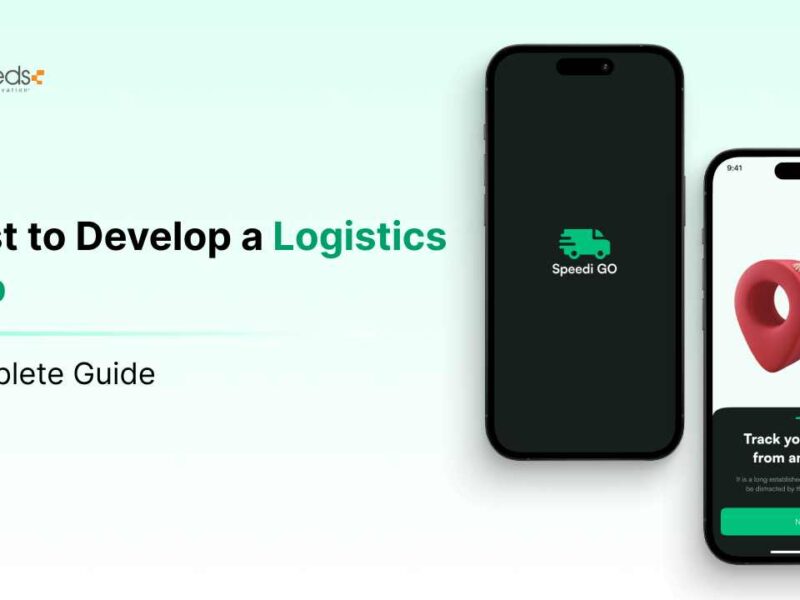Payment gateway integration is crucial for businesses operating in the digital age. It involves linking a payment gateway—a technology that authorizes and processes online payments—to an e-commerce platform or business website. This integration enables businesses to securely accept customer payments via various payment methods, including credit cards, debit cards, and digital wallets. Understanding what payment gateway integration entails and its significance can help businesses streamline their payment processes, enhance customer experience, and drive growth. This article explores the key aspects of payment gateway integration and why it is essential for modern businesses.
What Is Payment Gateway Integration?
Payment gateway integration connects a payment gateway—a technology that facilitates the authorization and processing of online transactions—with an e-commerce platform or business website. This integration involves embedding the payment gateway’s functionalities into the business’s digital infrastructure, allowing customers to make payments directly through the site or app. The integration process includes setting up payment methods, ensuring secure data transmission, and setting up the necessary software components to process transactions. With payment gateway integration services specializing in this, businesses can automate payment processing, ensuring efficient and secure payment processing and a seamless customer experience. This setup simplifies transaction management and improves the overall user experience, making online payments simple and safe.
Why Is Payment Gateway Integration Important?
Payment gateway integration is crucial because it ensures secure, efficient, and seamless processing of online transactions. By integrating a payment gateway with an e-commerce platform, businesses can automate payment processing, reducing the risk of manual errors and streamlining financial operations. This integration enhances security by using advanced encryption and fraud detection measures to protect sensitive payment information, safeguarding the business and its customers from data breaches. Additionally, it provides a smooth and consistent checkout experience, which can lead to higher conversion rates and reduced cart abandonment. Effective payment gateway integration supports multiple payment methods and currencies, expanding the business’s reach and accommodating a diverse customer base. Overall, it is vital in improving transaction efficiency, customer satisfaction, and trust in the digital marketplace.
Read Also: Overview of eWallet App Statistics 2024, In Depth: Market Insight
Benefits of Seamless Integration
Seamless integration of a payment gateway brings several key advantages that significantly improve business operations. A major benefit is the creation of a smooth and efficient checkout experience for customers, which helps decrease cart abandonment rates and can boost sales and revenue. An effectively integrated payment gateway ensures real-time transaction processing and updates, enabling businesses to manage their finances more accurately and keep precise records. It also streamlines accounting and reconciliation by automatically recording transactions and syncing with financial systems. The enhanced efficiency and reliability of seamless integration build greater customer trust and satisfaction, as users enjoy a consistent and secure payment experience. Ultimately, seamless payment gateway integration enhances operational efficiency, improves financial management, and fosters greater customer loyalty.
Common Challenges and Solutions
Payment gateway integration, while essential, often presents several challenges that businesses need to address. One common issue is technical difficulty, such as compatibility problems between the payment gateway and the e-commerce platform. This can be mitigated by choosing a payment gateway provider with robust integration support and detailed documentation. Another challenge is ensuring compliance with security standards like PCI DSS, which can be complex and require regular updates. To address this, businesses should work with providers, prioritizing security and offering ongoing support to maintain compliance. Additionally, troubleshooting integration issues and managing system updates can be time-consuming; therefore, businesses should invest in thorough testing before going live and have a responsive technical support team. Businesses can achieve a successful and reliable payment gateway integration by proactively addressing these challenges and employing effective solutions.
Conclusion
Payment gateway integration is vital to modern business operations, enabling secure and efficient online transactions. By understanding the process and its importance, businesses can ensure a smooth customer payment experience, enhance security, and streamline financial management. While challenges may arise, addressing them proactively with the right tools and support can lead to successful integration and long-term benefits. Investing in effective payment gateway integration improves operational efficiency and supports business growth and customer satisfaction in the competitive digital marketplace.



Naveen Khanna is the CEO of eBizneeds, a company renowned for its bespoke web and mobile app development. By delivering high-end modern solutions all over the globe, Naveen takes pleasure in sharing his rich experiences and views on emerging technological trends. He has worked in many domains, from education, entertainment, banking, manufacturing, healthcare, and real estate, sharing rich experience in delivering innovative solutions.


